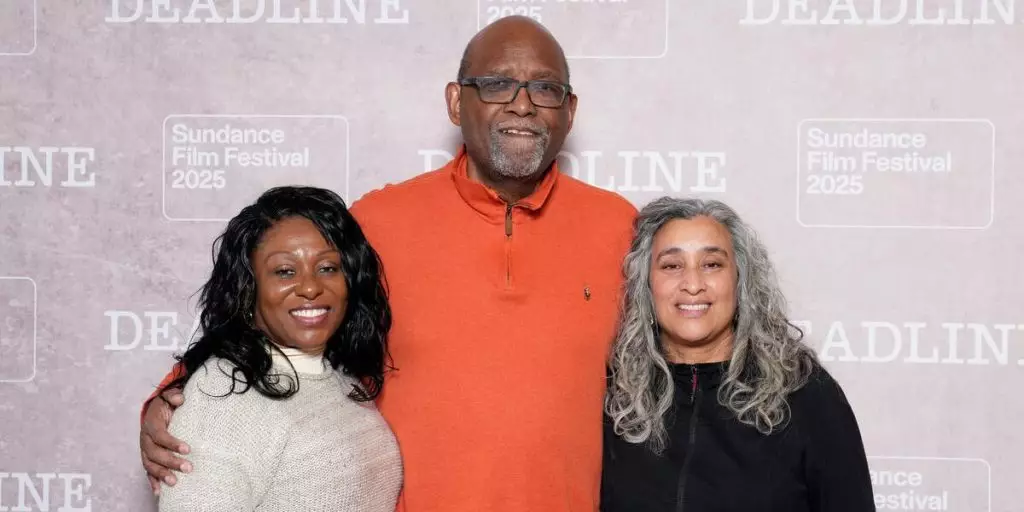In a seemingly tranquil neighborhood in Florida, the fabric of community living is tragically torn apart by a dispute that escalates into violence. Directed by Geeta Gandbhir, “The Perfect Neighbor” serves as a poignant documentary that not only captures the unfortunate event but also critiques the broader societal issues embedded within it. At the heart of the narrative is a mother—Ajike Owens—whose life is irrevocably changed due to the violent actions of her neighbor, Susan Lorincz, whom many have labeled a “Karen” for her problematic behaviors. The film boldly delves into how ordinary conflicts can spiral into extraordinary tragedies, offering viewers a complex lens through which to interpret this American tale.
Community Dynamics and Human Interactions
In this documentary, the portrayal of a close-knit community is juxtaposed against the backdrop of a harrowing event that disrupts its harmony. Ajike Owens was depicted as “an everyday mom,” navigating life in a neighborhood where children played together freely. This idyllic setting serves as a stark reminder that communities often harbor deeper, troubling undercurrents. The film captures how everyday interactions can morph into violent clashes, highlighting the fragility of community bonds in the face of individual grievances gone awry. The emphasis on neighborhood dynamics provides a rich ground for examining themes of misunderstanding, escalation, and ultimately, tragedy.
One of the critical aspects explored in “The Perfect Neighbor” is Florida’s “stand your ground” law, which influences the mindset of individuals involved in disputes. The documentary raises unsettling questions about the implications of such laws in a tense conflict situation. Through police bodycam footage, the film scrutinizes how these legal frameworks can affect both the behavior of citizens and the response of law enforcement. Gandbhir deftly illustrates the chilling consequences of a law intended to protect self-defense, showing how it can be manipulated in a way that exacerbates tensions rather than resolves them. The questions that emerge from this examination urge viewers to confront uncomfortable realities about privilege, race, and justice within their own communities.
Pam Dias, the mother of Ajike Owens, encapsulates the tragedy by reminding viewers that this incident could happen to any family, yet it exhibits layers of complexity that include racism, loss of innocence among children, and the failure of systemic protocols. Throughout the film, evidence suggests that the dynamics between law enforcement and the parties involved were not equal. As Sam Pollard notes, the differential treatment of Susan Lorincz compared to what might have occurred had she been Black highlights stark racial disparities within the justice system. This dimension of the narrative opens up a conversation on how biases can infiltrate community safety and law enforcement practices.
A Powerful Retelling Through Real Footage
Gandbhir’s documentary approach takes advantage of raw, real-life footage, providing a chilling authenticity that enhances the storytelling. By focusing on police bodycam footage, the film flips conventional perceptions of these recordings, which are typically seen as tools of surveillance and control. Instead, it recontextualizes these visuals to highlight community strength before the tragedy unfolded. The two years of documentation serve to uncover the layers of a situation that, on the surface, might appear mundane but is stewed in tension. The director’s artistic choice allows audiences to reflect more deeply, encouraging them to consider both the individual’s role in the community and the larger question of how collective narratives are shaped.
“The Perfect Neighbor” is a wake-up call for audiences to confront the uncomfortable truths that lie beneath everyday interactions in their neighborhoods. The documentary’s artful blend of personal tragedy and social commentary forces viewers to grapple with the implications of their own community dynamics, law enforcement practices, and societal prejudices. As it uncovers the layers of seemingly innocuous disputes that lead to devastation, it implores society to foster understanding and empathy, safeguarding the sanctity of the very communities we reside in.

